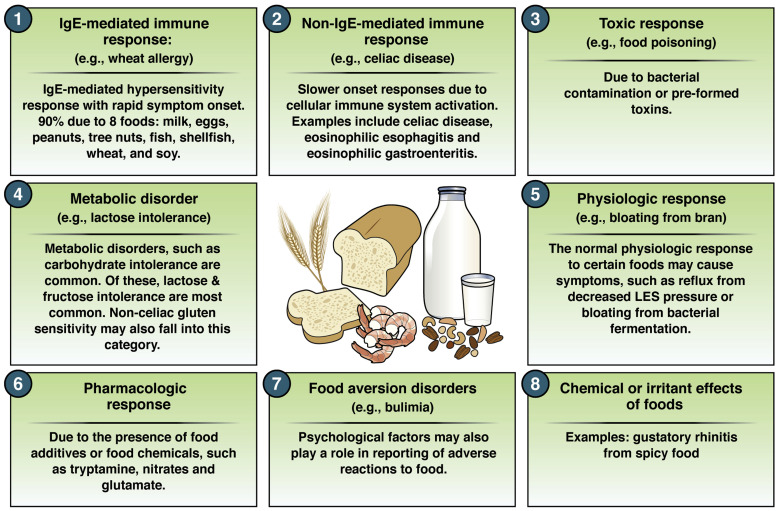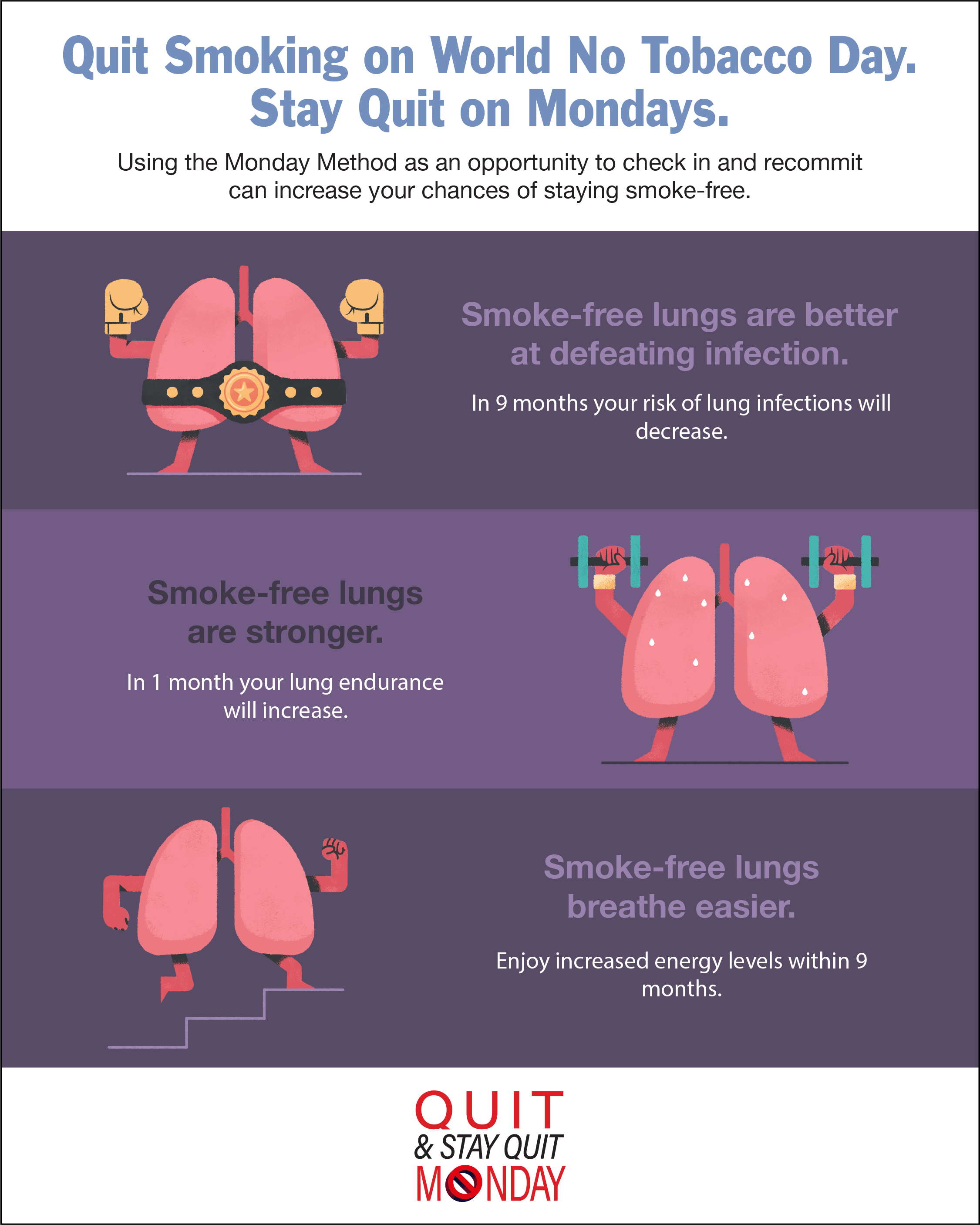If you experience digestive problems or other unexplained symptoms after eating certain foods, you may have a food intolerance or allergy. These conditions can be difficult to diagnose and manage, but with the right knowledge and tools, you can take control of your health and improve your quality of life.
In this post, we’ll explore the differences between food intolerances and allergies, common symptoms, and ways to identify and manage these conditions.
Food Intolerances vs. Allergies
Food intolerances occur when your body has difficulty digesting certain foods, such as lactose or gluten. This can cause symptoms like bloating, gas, and diarrhea. While food intolerances can be uncomfortable, they are generally not life-threatening.
On the other hand, food allergies occur when your immune system overreacts to certain foods, triggering a range of symptoms from mild to severe. Common food allergens include peanuts, tree nuts, shellfish, and dairy. In severe cases, food allergies can cause anaphylaxis, a potentially life-threatening reaction that requires immediate medical attention.
Symptoms of Food Intolerances and Allergies
The symptoms of food intolerances and allergies can vary widely depending on the individual and the specific food involved. Common symptoms of food intolerances include:
Bloating
Gas
Abdominal pain
Diarrhea or constipation
Nausea
Headaches
In contrast, the symptoms of food allergies can include:
Hives or rash
Swelling of the lips, tongue, or throat
Difficulty breathing or wheezing
Dizziness or lightheadedness
Anaphylaxis (in severe cases)
Identifying Food Intolerances and Allergies
If you suspect that you have a food intolerance or allergy, the first step is to talk to your doctor. They may recommend allergy testing, which can help identify specific allergens that may be causing your symptoms.
Another way to identify food intolerances and allergies is through an elimination diet. This involves removing certain foods from your diet for a period of time and then reintroducing them one at a time to see if your symptoms return. This can help you pinpoint which foods are causing your symptoms and allow you to make more informed dietary choices.
Managing Food Intolerances and Allergies
Once you’ve identified your food intolerances and allergies, the next step is to manage them effectively. This may involve making changes to your diet, such as avoiding certain foods or using substitutes. For example, if you have a lactose intolerance, you may need to switch to lactose-free dairy products or find alternative sources of calcium.
In cases of food allergies, it’s important to be vigilant about reading food labels and avoiding exposure to allergens. It’s also a good idea to carry an epinephrine auto-injector (EpiPen) if you have a history of severe reactions.
Conclusion
Food intolerances and allergies can be challenging to manage, but with the right knowledge and tools, you can take control of your health.





